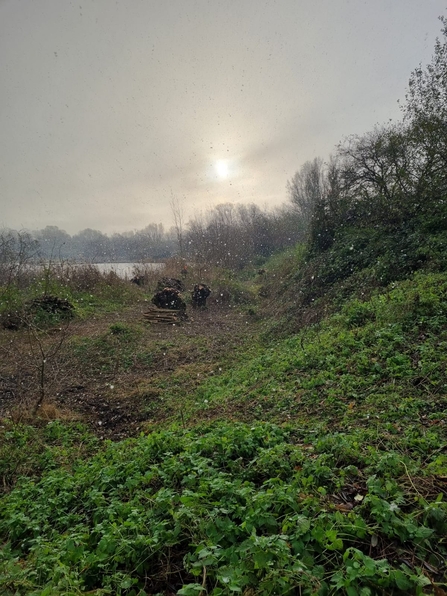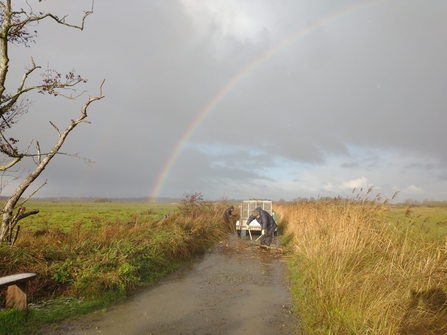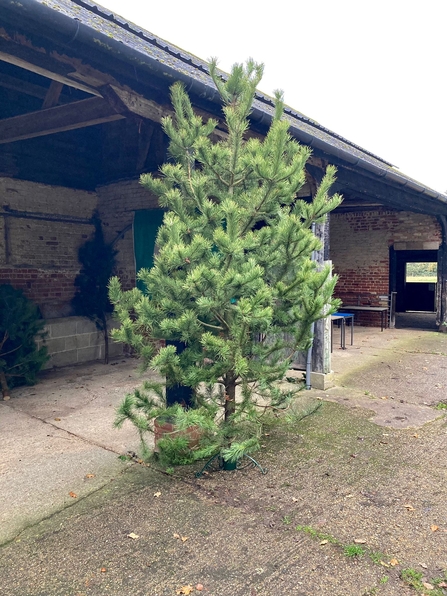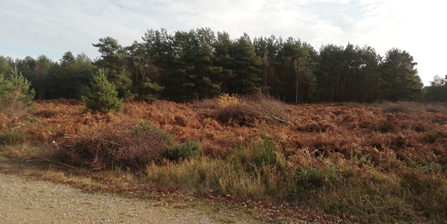Weekly wild news from our reserves – 10 December 2021
Avocets at Hazlewood Marshes - Michael Johnstone
With the tidal surge in 2013, Hazlewood Marshes was transformed from grazing marsh into a saline inter-tidal habitat. Redshank and lapwing now nest here and the briny waters ring with many species of duck calls. Majestic spoonbill sometimes visit the reserve during winter along with huge flocks of black-tailed godwits and dunlin.
Hazlewood Marshes has also become an important site for avocet to feed, breed and roost, with flocks of them being seen in the winter months. Avocets are mainly white, with black patches on the back and wings, and a black cap stretching down the back of the neck. They have long, blue legs, but are most easily recognised by their long, black, upturned bills. They feed on aquatic insects, worms and crustaceans, which it finds by sweeping its bill from side-to-side in shallow water. They can be seen on estuaries and mudflats at the coast where they breed on exposed mud in a dug-out scrape.
Pollarding willow
Our trusty team of volunteers didn’t let the recent snow put them off essential willow pollarding at Lackford Lakes. Pollarding involves cutting a tree back to a stump, which is different from coppicing where the cutting is right down to the ground. Pollarding benefits wildlife because pockets of decay form where fungi and invertebrates thrive and bats and birds can roost.

Pollarding willow at Lackford Lakes - Joe Bell-Tye
Wide open skies
We also had a volunteer work party at Carlton Marshes to remove vegetation from along the main path and ditches which in turn opened up the views of this vast reserve.

Work party at Carlton Marshes – Lewis Yates
Recycled pine for Christmas
As part of heathland habitat management at Rendlesham Forest we remove non-native Corsican pine. The team at Foxburrow Farm have recycled one of the pines which will be decorated as a Christmas tree in the farmyard.

Recycled pine for Christmas at Foxburrow Farm - Ben Calvesbert
Carlton's amazing wildlife
Gavin Durrant, Broads Assistant Warden, took these amazing photos of a bittern in flight and a Chinese water deer during a team day walk at Carlton Marshes. Top shots, Gavin!
Working for woodlark
Gabby King, our South East Suffolk Reserves Intern, has been running the Heaths and Meadows work party this week. Gabby and our brilliant team of volunteers, cleared scrub at Rendlesham Forest to keep the heath in a favourable condition for woodlark. Woodlark usually nest within a grassy tussock or heather bush, often digging a shallow scrape. Scattered trees and woodland edges are used as song or lookout posts.

Scrub clearance to favour woodlark at Rendlesham Forest, Gabby King






